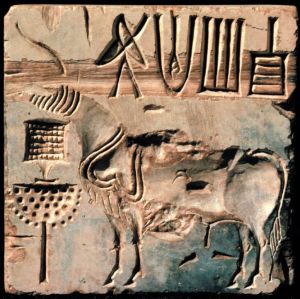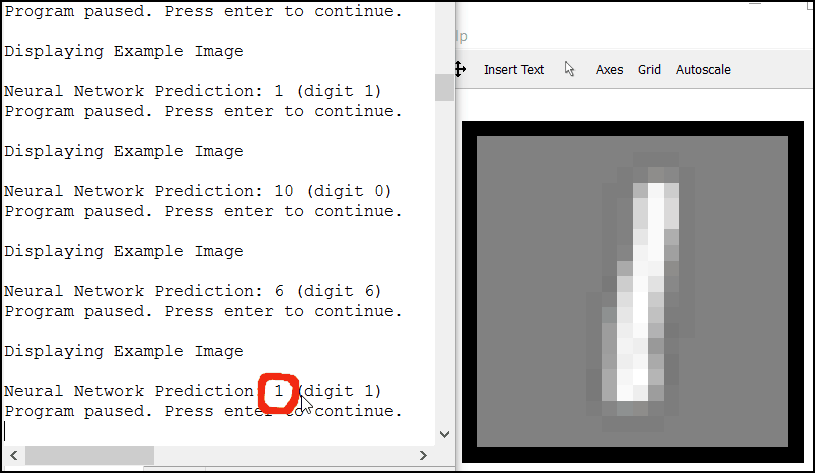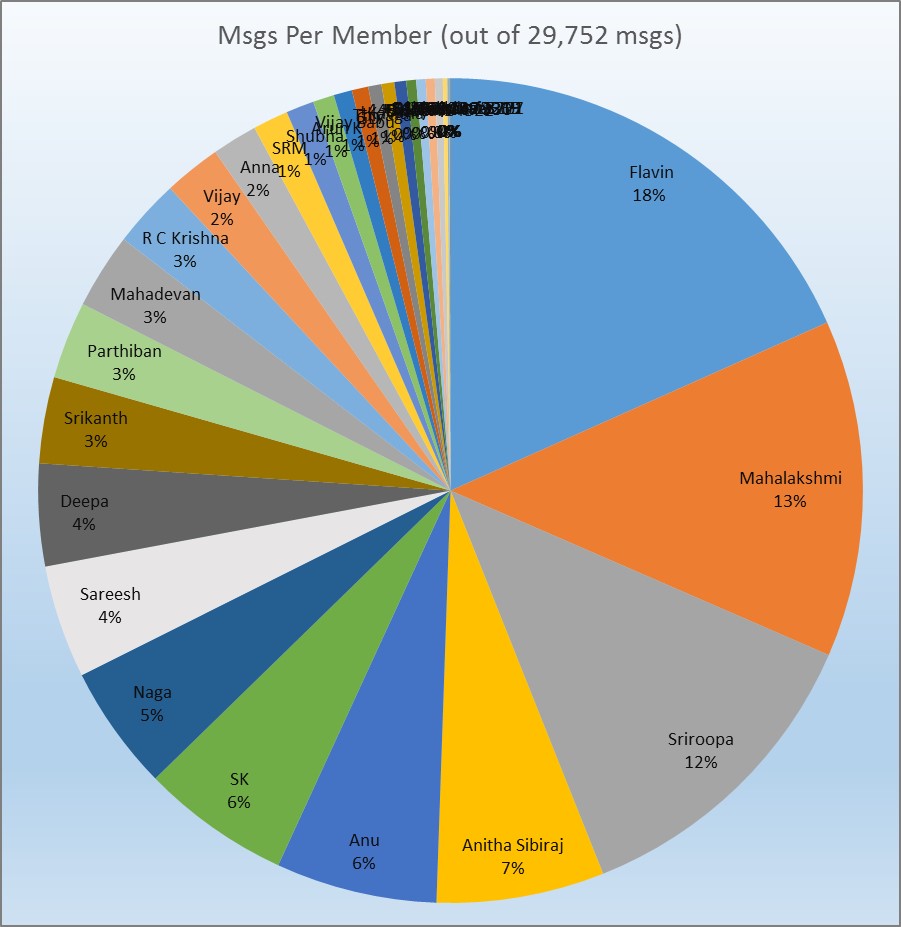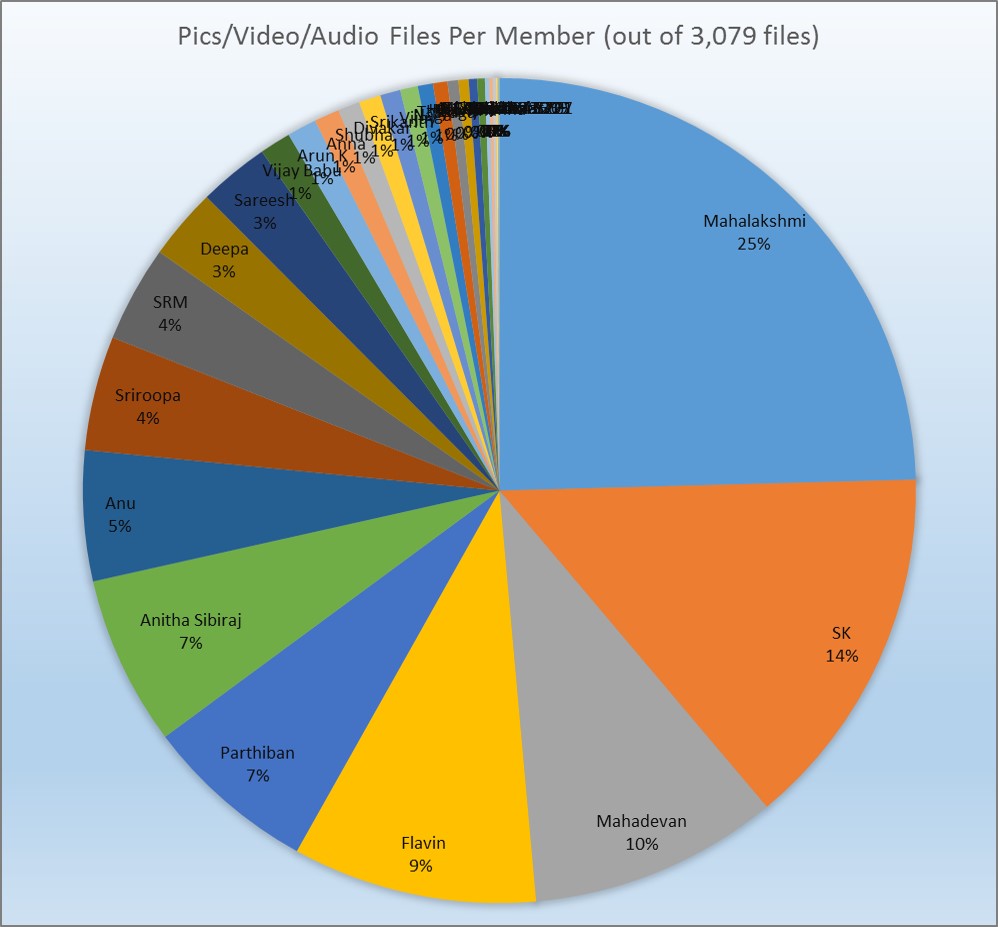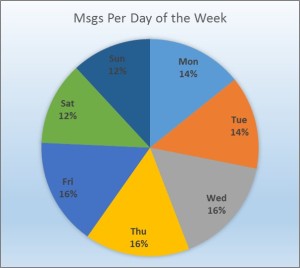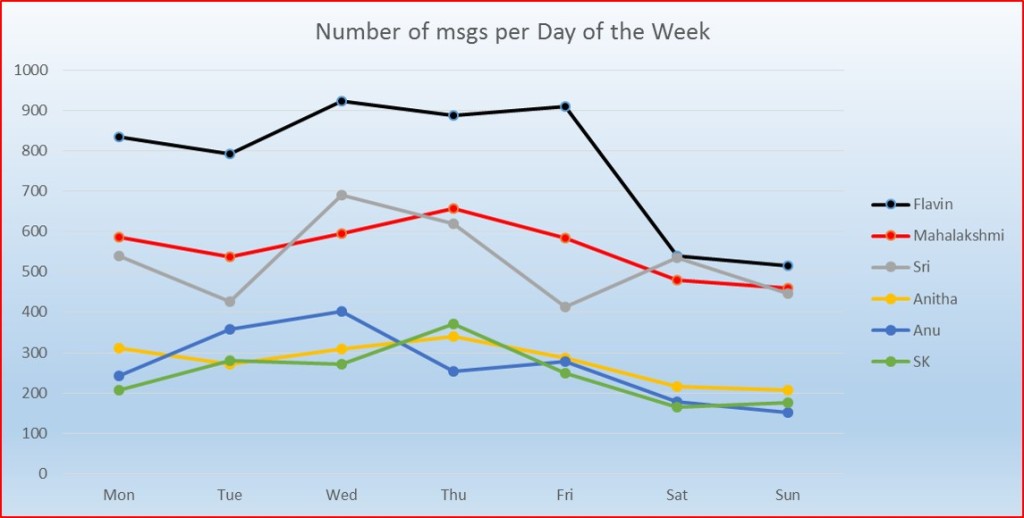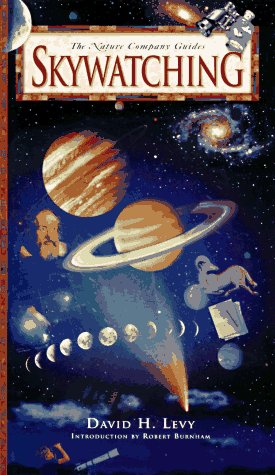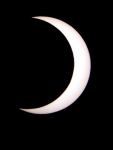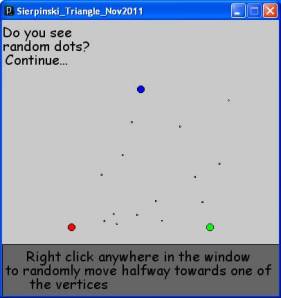In the last few weeks I have surveyed numerous articles related to Indus Valley Civilization and its undeciphered script. These are great for gaining knowledge about the topic but not good for some serious scientific analysis using my latest tool set …………….. Machine Learning.
Here is a compendium (pics are from the related links, so all credits go to the authors of those links/articles);
1] Awesome pics: http://www.engr.mun.ca/~asharan/indus-valley/plate.html

2] Archeological Survey of India’s original publications: Memoir #77 in http://asi.nic.in/asi_publ_memoirs.asp
3] Read up on the history, not just pics of script: http://www.amazon.com/gp/product/0521576520/ref=olp_product_details?ie=UTF8&me=
4] More pics: https://www.harappa.com/slideshows/around-indus-90-slides
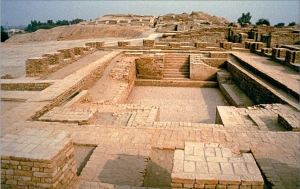
5] Ancient writing systems: http://www.ancient.eu/writing/
6] Book with a catalogue of pics: https://www.amazon.com/gp/offer-listing/0195779401/ref=dp_olp_all_mbc?ie=UTF8&condition=all

For some real papers:
1] http://45.113.136.87/wp-content/uploads/16-A-Computer-study-of-the-Indus-Script.pdf
2] http://www.tifr.res.in/~archaeo/papers/Harappan%20Script/Indus%20sign%20design.pdf
3] http://www.vr-elibrary.de/doi/abs/10.13109/hisp.2015.128.1.42#.WIANT1yky1Y
Here are some concise relevant information;
- There are approximately 400 unique symbols
- Average length of an inscription is 5 to 6 symbols
- Maximum length of inscription is 26 symbols
- There is strong evidence that the direction of writing was from right to left
- Most of the symbols are unique and do not repeat
- There is no cultural, political, religious, or linguistic ties to anything today, so no help from there
- No bilingual text has been discovered, like the Rosetta stone which helped crack the case of Egyptian hieroglyphs
